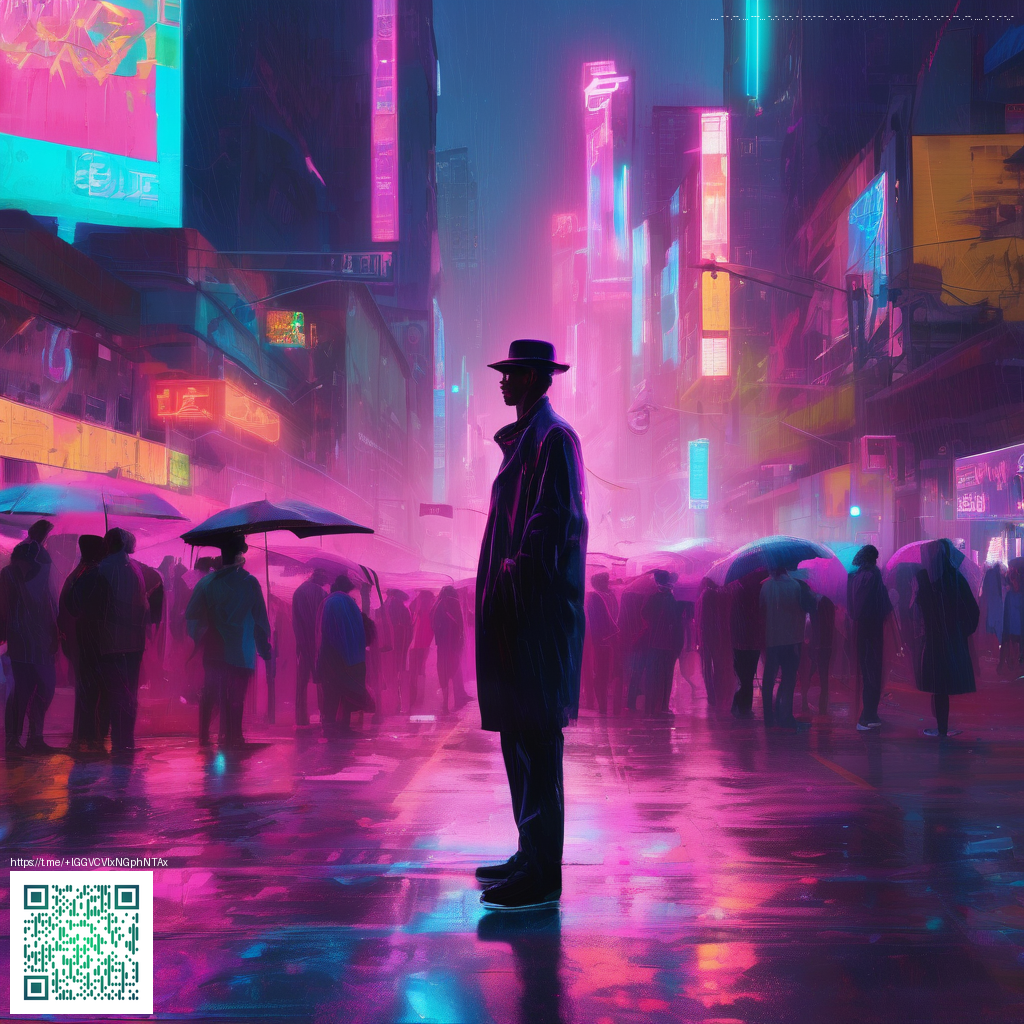
Digital Paper in Virtual Reality: How It Transforms Immersive Environments
As virtual reality matures, the way we interact with digital information in immersive spaces is shifting from static menus to tangible, paper-like surfaces. Digital paper in VR offers a lightweight, flexible canvas that users can annotate, sketch, or pin notes to—without pulling focus away from the scene. This isn’t about replacing headsets or controllers; it’s about expanding the workspace in a way that respects the rhythm of human perception. When information can be written, highlighted, or folded into the fabric of a scene, experiences become more natural and memorable.
What makes digital paper a good fit for VR
Digital paper shines in VR because it combines readability with physical fluency. Here are a few ways it enhances immersive environments:
- Readability and focus: High-contrast surfaces that mimic physical paper reduce cognitive load, helping users absorb complex diagrams or scene notes without staring at flat UI elements.
- Gesture-friendly interaction: Walls, boards, and flexible sheets can respond to handwriting, drawing, or scribbles with minimal latency, preserving the sense of presence.
- Persistent context: Annotations can remain attached to objects or locations, enabling collaborative exploration in shared virtual spaces.
- Portability and versatility: The same digital surface can wrap around a controller, a room boundary, or a wearable sleeve, adapting to different tasks and environments.
“Digital paper in VR creates a bridge between the spontaneity of real-world note-taking and the expansive potential of immersive worlds.” — VR interface researcher
From concept to practice: design considerations
Adopting digital paper in VR requires thoughtful trade-offs. Resolution and contrast matter for legibility, especially when users are moving quickly through scenes. Latency must be kept ultra-low so that strokes and gestures feel immediate, preserving the illusion that the surface is a real extension of the virtual space. Material flexibility is also key; designers experiment with curved, transparent, or matte finishes to reduce glare and comfort issues during extended sessions. Accessibility considerations—like larger typographic scales or high-contrast options—help ensure a broad range of users can benefit from digital paper interfaces.
When planning a VR workflow, teams should consider how digital paper integrates with existing navigation systems. A well-designed surface should either complement gaze-based controls or occupy a clear, dedicated layer for annotations or quick-notes. It’s not about replacing spatial UI; it’s about layering a second, more granular channel of information that users can summon or dismiss as needed.
Practically speaking, developers and designers can explore a few practical touchpoints. For example, prototyping rooms or workspaces with attached paper-like surfaces can help teams test annotation flow, spatial memory, and collaboration during review sessions. If you’re curious about hands-on tools that support real-world workflows, you might explore items like the 2-in-1 UV Phone Sanitizer Wireless Charger 99 Germ Kill as part of a broader, evidence-based calm-for-work setup. For context and ongoing experimentation, see this contextual page.
Beyond the visuals, a key benefit of digital paper in VR is its potential to support collaborative creativity. When multiple users can simultaneously annotate a shared surface, teams can brainstorm, mark prototypes, and converge on design decisions without breaking immersion. This kind of collaboration mirrors how teams work in physical studios, just extended into a virtual space where ideas can be pinned, traced, and revised in real time.
Practical steps to begin experimenting
- Start with a lightweight surface that can be anchored to a scene object or room boundary.
- Implement a handwriting input mode with high-contrast ink and palm rejection to minimize stray marks.
- Provide a quick-toggle for visibility so users can switch between note mode and exploration mode without losing context.
- Test across environments with varying lighting to ensure legibility remains consistent.
Similar Content
Page reference: https://area-53.zero-static.xyz/59adfd4a.html